Modern serialized streaming television, especially by and for nerds, tends to rely on a lot of epic twists that the showrunners hope fans will flock to social media to talk about after each episode. While not a bad thing per se, the quality of the twist has to be something substantial and meaningful for that to land. The big-bad drop in this week’s Picard kind of straddles the fence, which is why I’ll say it here above the spoiler line; The Borg are back, and in probably the most terrifying permeation they have probably ever been throughout the Trek franchise. I say this above the spoiler line because even if it hadn’t been for that foreign television closed-caption gaffe earlier in the season, we all saw this coming, and hints were dispersed throughout the entire show. Fortunately, that did not soften the landing one bit, they had a plan and came in swinging incredibly hard. So much so that this could very well be the direct sequel to First Contact.

In the preview for this episode, Troi sits down with Jack to probe the red door, and upon opening it, gets scared and runs off. So naturally this is part of the warm open as well as she runs to Crusher and Picard to tell them. Neither understand how or why he has Borg components when they thought they removed everything from Picard, but as many pointed out the connections back to The Best of Both Worlds, the frontal lobe of the brain, and his DNA being rewritten was the keys to this series. Turns out the Borg have adapted a very nasty little trick in Picard that passed on to Jack, and Jack does not take too kindly to it, opting to run off and find the collective for answers.
Meanwhile Frontier Day has begun, and in classic Starfleet fashion, they assembled all of their fleet together to show their unified fleet systems, but the Titan is coming in to crash the party and warn of the Changeling infiltration. There are a couple surprises here, one known from the initial promo material, and another I’ll divulge in a moment. I had fun pausing at the screen to read the ship names, a few familiar names, a lot of new names I’ll mention in the easter eggs. The production team did take a cue from the end of the first season and try and put in some different classes of ships this time, but you can tell there are still some repeating especially in the further distance of each shot. Doug Drexler, Michael and Denise Okuda, and so many other returning graphic and set designers from the older shows helped really make this season stand out so well and they honestly didn’t have to. I know I sometimes bust balls on newer Trek showrunners, writers, and staff, but they’re handling a franchise that means something to myself and fellow fans, and if I were them, I’d be spending most of my days prior to production learning everything from those who came before me and any tips and tricks to derive a style from theirs. Of course, they are pulling out all the stops because this is the final season, but I almost feel this was the season they originally wanted to make from the get-go, before whatever decisions prior led to the first two seasons.
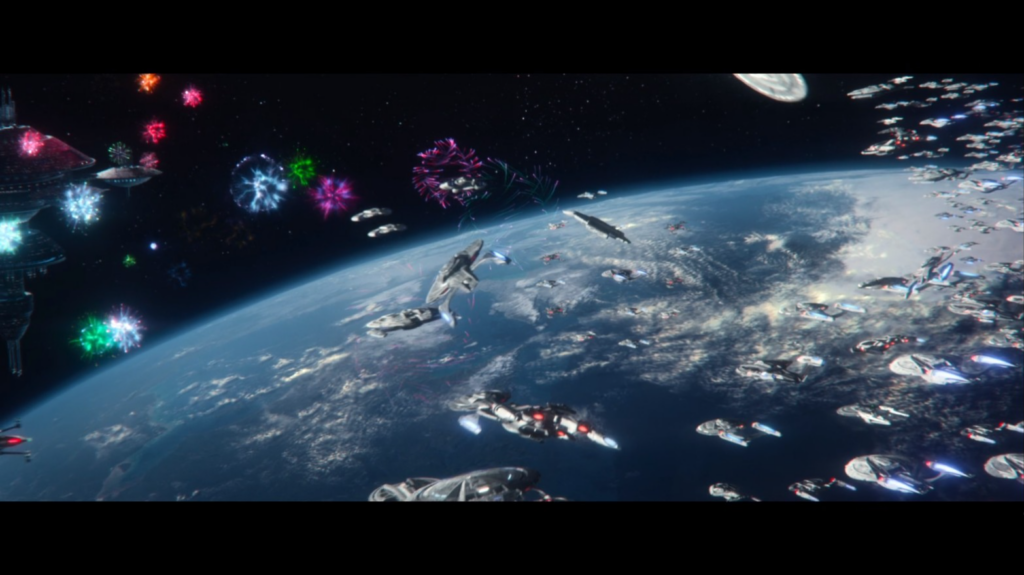
This episode almost almost almost got a ten from me, just like the last episode, and it really comes down to the plot pacing. Once again, the show spent far too much time in the middle bumbling about in their escaping or evading Vadic, setting up story pieces that they didn’t want to reveal too early. We did get an amazing performance from Amanda Plummer, but it just felt like the meat and potatoes of it all got dumped on the final two episodes of the final season. Imagine if this reveal came two or three episodes sooner, and they had to spend the back half trying to assemble a team and plan to fight back? They made the changelings out to be the big-bad, but they ended up just being a man-in-the-middle attack, sideloading code into the Starfleet Github repository. I could do this if the changelings were season two and the Borg were season three, but they crammed it all into one season. I am going to continue to insist that this was the real Picard project all along, and the first two seasons were worthless. They are worthless. If you could have used them to set up for this story, it would have been amazing.
Spoiler Talk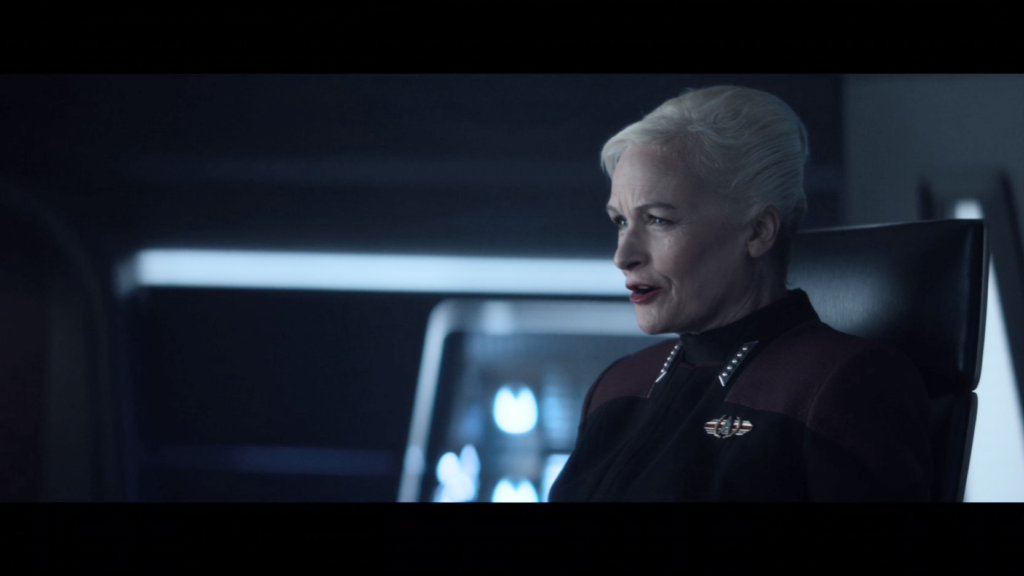
Frontier Day opens with Elizabeth Dennehy’s Admiral Elizabeth Shelby, the fierce Lt. Commander who became Riker’s first officer after Picard was assimilated in The Best of Both Worlds. We knew we’d see the Enterprise-F from the promo material, but Shelby was a welcome surprise, though it seems she may have got-got towards the end. The whole fleet assembly thing was cool for me, a starship nerd especially in love with the Starfleet starship aesthetic. I would have loved to see more close-ups of the ships as they got into formation, but instead we just got a lot of wide shots. Good for illustrating the fleet, but I guess there wasn’t enough in the budget to model more ships up-close.
But then of course, the shit hits the fan hard. It turns out the changeling infiltration wasn’t the real threat, it was how the Borg had been using them and their infiltration of Starfleet to secretly rewrite everyone’s DNA through the transporter system with Picard’s modified Borg DNA. That is how the Borg would then soft-assimilate everyone on every ship. It also now finally explains how Jack could control people. But the kicker was that it relied on frontal lobes of the brain not fully-developed, which occurs around age 25. So while it did not affect anyone older, it affected all the younger crew members. As much as I wanted to cringe a bit at yet another Big Borg Plan, I have to admit this was very clever, and had significantly more impact than Voyager or First Contact did. This was truly a modern, 2023, Black Mirror-inspired Borg plan that really needs more than two episodes to play out. The pacing for this series is not good, and suffers from Discovery-itus; When you want to have characters, but you only have ten episodes to tell a serialized story. As much as I enjoyed the use of the changelings, and what I assume is the double-cross (I assume the rogues are now assimilated as well) it felt like they teased us with a lot of DS9 trails to throw us off the Borg.

So now we have most of the Pre-Borg trying to execute the remaining crew as the Queen has control over “Fleet Mode”. Shelby seemingly gets phasered twice, so presumably she is dead. Like Ro Laren, I am a bit disappointed that they’re offing so many secondary characters from TNG in this, but I suppose it’s been long enough. Poor Geordi has to come to terms with his daughters being assimilated, and the Geriatrics have to find their way off the ship. On their way down they hear the Excelsior try and break free of the fleet, only to be gunned down by the rest of the fleet. o7 But that gives them the idea of using a maintenance shuttle to get off the ship. But not before Shaw is shot.
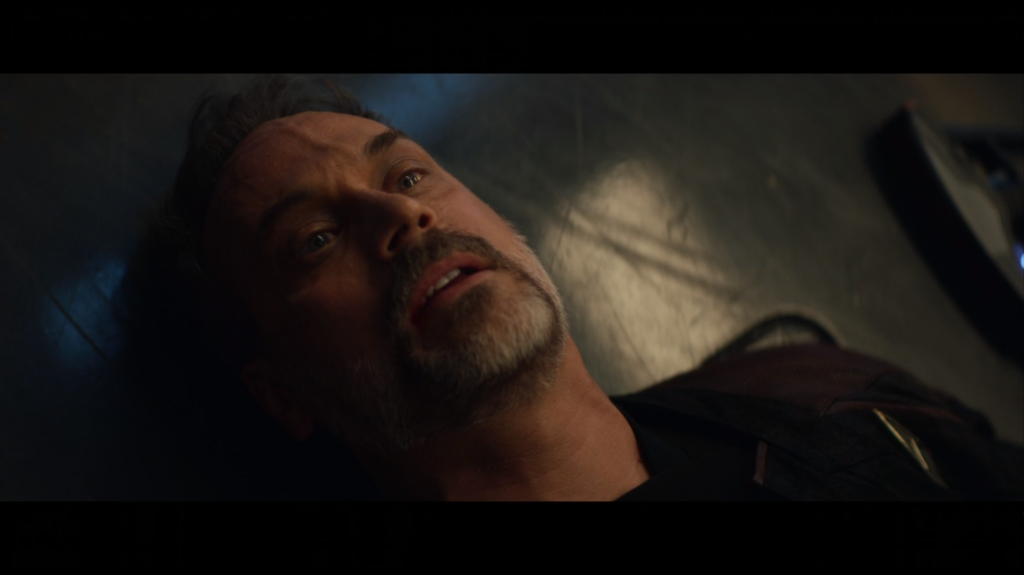
If you’ve also seen this week’s The Mandalorian, you’ve just been kicked in the balls again by the loss of another character that hasn’t had a ton of screen time and isn’t that integral to our heroes, but he gave it where it counted. Shaw may have just been a dipshit from Chicago, former grease monkey, survivor of Wolf 359, and maybe a bit of an asshole in more ways than seven, but he had a charm that grew on me with each episode. We all kinda wanted to see him return with Seven and the Titan for Legacy or whatever they’d call it. I haven’t really cared much for the new cast deaths throughout Picard’s run, mostly because they weren’t written worth a damn. Shaw was, and I felt sad at this. But he did what his senior officers did for him at Wolf 359, he sacrificed himself so others could live. Godspeed, Captain No.
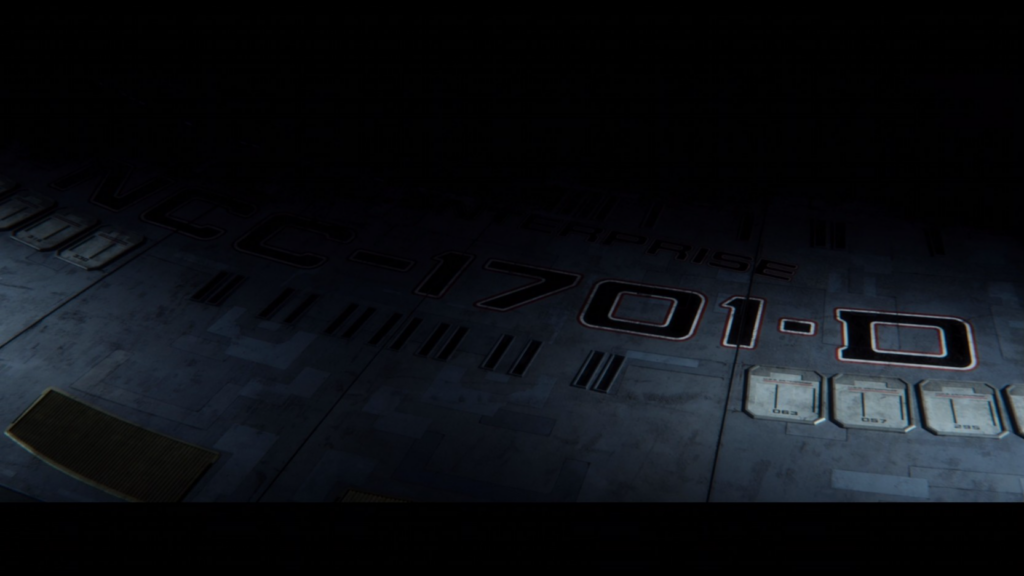
With the fleet lost to the Borg and the Geriatrics left to save the day, where do they go? Back to the fleet museum. What do they get out of Hanger 12? You guessed it. The 1701-D. Geordi explains they had to recover the saucer section from Viridian III due to the Prime Directive, and he’s spent the last twenty years restoring it with a drive section from another Galaxy-class ship. But it’s not connected to the new fleet in anyway, so they think they can use it to somehow save the day? I love how Geordi also mentioned the Enterprise-E, and Worf just says “It wasn’t my fault”, implying the ship was either destroyed, or forced out of commission. He later complains about the E’s superior weapons systems compared to the D, just furthering Michael Dorn’s comedic hot-takes in this show. Every aspect of this scene is tailored to nostalgia, from the familiar bridge, Data’s seat, older-LCARS interface, and of course Majel Barrett-Roddenberry’s familiar voice as the computer. With Geordi at the helm like TNG first-season days, the ship leaves dock and even the does familiar left-hook turn-to-warp to end the episode.
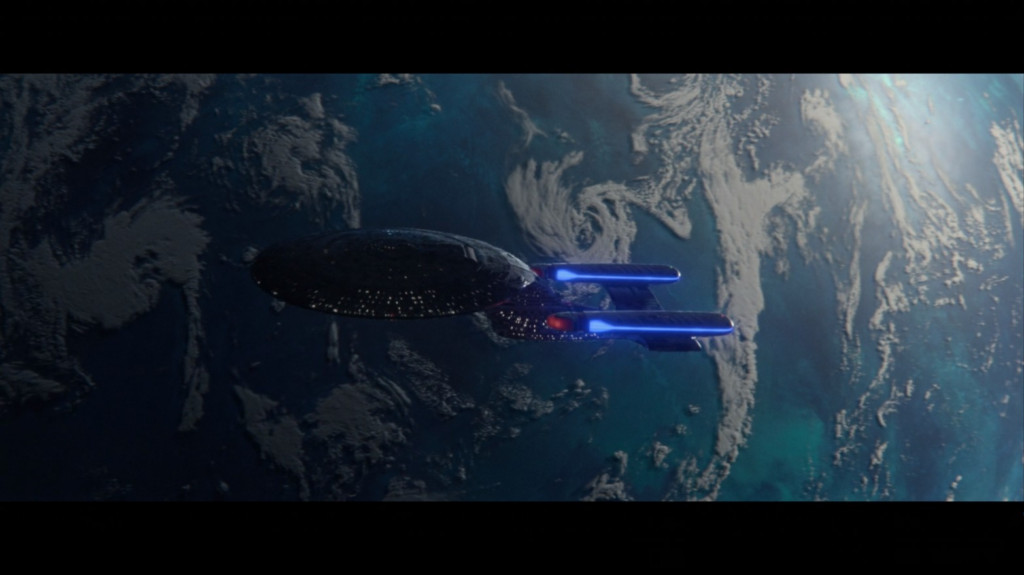
I have no godly idea how the Enterprise-D is going to stop the fleet, or the Borg. Why didn’t they take the Defiant or Voyager? Aside from obvious nostalgia, those two would have been far better in a fight, and I’m curious how only seven or so people can crew a ship whose compliment was over 1000. I also shudder to know if they’re going to destroy it in the process. My immediate guess as to how this all ends is that either Jack somehow manages to reverse everything from within the collective, Janeway shows up and kills another Borg Queen, or Jurati’s collective shows up and takes control. I also assume that there has to be a way for them to remove the transporter code and then maybe strip the affected DNA out of everyone through a transporter or something. Honestly, Bev should really be playing a far larger role in this series doing these sorts of things. A lot of that sort of problem-solving side of Trek hasn’t been on display much this season, but we’ve forgiven it for the ACTION TREK plot. But now that you know how everything happened, do something, Bev. Hell, even Weasley could come in and do something.
Oh, this week is going to be maddening.
Random Observations and Easter Eggs:
- In the starship fleet screens some familiar names, some new, and many named after series crew like the Okuda. Excelsior, Sutherland, Appalachia, Akira, Reliant, Zheng-he, John Kelly, and so on. Later on in the turbolift we also see the Hikaru Sulu, Luna, Cochrane, and Intrepid.
- The revelations about the DNA base pairs and transporter code answers one of the earlier season questions why the transporter chief was replaced by a changeling. Considering how “all Starfleet ships are connected”, the code changes made on the Titan allowed for it to spread to all other Starfleet ships on the network. Some Starfleet network admin is getting fired, if they haven’t been offed already.
- This episode marks Elizabeth Dennehy’s return to Trek since TNG’s The Best of Both Worlds, however this is Elizabeth Shelby’s third appearance, after the Lower Decks episode An Embarrassment of Dooplers where then-Captain Shelby is mentioned by Boimler, but she had no spoken lines.
- We finally get to see the phasers set to stun this episode, which at least tells us they still have a stun setting and someone is willing to use them to maybe not intentionally kill everyone for the fun of it.
- A lot of DS9 fans will probably be disappointed by the turn away from Pah-Wraith theories this week. I’d like to be among that camp, but this being a Picard story and him having no real connection to that storyline, it wouldn’t have made sense. The Borg was always going to be Picard’s nemesis (lul) at every turn. The only other Starfleet officers with equal measure in that are Janeway and Seven, and it remains to be foreseen if Kate Mulgrew steps in to deal another crippling blow to the Borg collective alongside Patrick Stewart. Don’t get your hopes up though.
- Finally, some proper starship lighting at the end. Would it really kill modern Starfleet to have just a few overhead lights on the bridge?